Development History and Future Outlook of Foot 3D Scanning Technology
Foot health has long been an essential aspect of overall well-being, but it is only in recent years that the technology to accurately assess and analyze foot structure has evolved significantly. Traditional methods of foot measurement often relied on imprecise, static data that were limited in their ability to help diagnose conditions or design personalized solutions. However, with the advancement of foot 3D scanning technology, we now have a powerful tool to capture detailed, dynamic models of the foot, offering improved medical treatments, custom orthotics, and even better footwear design.
In this blog, we will explore the development history of foot 3D scanning technology, its current uses, and the exciting future possibilities it holds for the footwear and healthcare industries. From the initial phases of research and development to the latest innovations, this technology is transforming how we understand and care for our feet.
The Early Days: The Need for Accurate Foot Measurement
The concept of scanning and analyzing the foot for medical or design purposes dates back to the 20th century, although the technology available at the time was rudimentary by today's standards. Early efforts involved using basic tools like plaster molds and paper templates to create foot impressions. While these methods provided some insight into the foot's shape and size, they lacked precision and could not capture the dynamic aspects of foot movement, which are crucial for creating effective solutions, especially for individuals with special foot health needs.
By the mid-1990s, advancements in 3D scanning and imaging technology began to gain momentum in various industries, including healthcare, architecture, and engineering. Researchers and podiatrists began to see the potential for utilizing these technologies in foot care. The goal was to create an accurate, non-invasive way to measure the foot’s dimensions and analyze its structure in more detail than traditional methods allowed.
The First Foot 3D Scanners: Technological Breakthroughs
The first foot 3D scanning instruments began appearing in the early 2000s. These scanners used laser or structured light to capture the shape of the foot in three dimensions. A key breakthrough was the ability to capture the full contour of the foot, including the arch, heel, toes, and other structural details. Unlike previous methods, these scanners created highly detailed, digital models that could be analyzed and used for a variety of applications, from custom orthotic design to footwear fitting.
One of the most notable advantages of foot 3D scanning technology was its ability to provide a more precise fit for custom shoes and orthotics. Traditional methods often involved subjective interpretation of measurements and foot impressions, whereas 3D scans provided an objective, replicable dataset. This technological advancement paved the way for new developments in podiatry and footwear industries.
Commercialization and Broader Adoption
As foot 3D scanning technology evolved and became more affordable, it began to attract attention from commercial footwear companies and healthcare professionals alike. In the mid-2010s, several brands and startups introduced 3D foot scanning solutions aimed at improving the shoe-buying experience for consumers. One of the major challenges faced by the footwear industry was the “one-size-fits-all” approach to shoe design, which often led to discomfort and improper fit. The ability to create custom-fitted shoes using foot 3D scanning technology revolutionized the market.
At the same time, the healthcare sector recognized the benefits of foot 3D scanning for diagnosing and treating foot-related ailments. Orthopedic specialists, podiatrists, and even sports medicine professionals began using 3D scans to analyze foot structure in greater detail. These scans allowed for the design of personalized orthotics and other treatments to address issues like flat feet, high arches, and plantar fasciitis.
Current Applications of Foot 3D Scanning Technology
Today, foot 3D scanning technology is widely used across several industries, providing value in diverse ways. The most prominent areas of application include:
1. Custom Orthotics
One of the most significant uses of foot 3D scanning is the creation of custom orthotics. By accurately capturing the shape and structure of the foot, specialists can design orthotic insoles that provide personalized support for individuals. This is particularly beneficial for those suffering from conditions like flat feet, high arches, or bunions. Custom orthotics made from 3D scans can offer relief from pain and prevent further foot damage.
2. Footwear Design and Fit
In the footwear industry, foot 3D scanning technology allows for the creation of shoes that are more accurately tailored to an individual's foot. By using 3D scans, footwear manufacturers can design shoes with better arch support, proper cushioning, and an overall improved fit. Custom shoes, in particular, offer significant benefits for those with unique foot shapes or foot health issues. Moreover, the scanning technology ensures that shoes are both comfortable and performance-enhancing, which is particularly important for athletes and people who spend long hours on their feet.
3. Sports Medicine and Performance Enhancement
Athletes and sports medicine professionals have also embraced foot 3D scanning technology to improve performance and prevent injuries. By scanning an athlete’s feet, professionals can identify any abnormalities in gait, pressure distribution, and foot alignment that might lead to injuries. This information can be used to tailor footwear and training programs to address specific needs, optimizing performance and minimizing injury risk.
4. E-commerce and Virtual Foot Fitting
In the growing field of online shopping, especially in footwear, foot 3D scanning technology has allowed companies to provide virtual foot fitting experiences for customers. By offering customers the ability to scan their feet via smartphone apps or in-store kiosks, brands can offer more accurate shoe recommendations, reducing the likelihood of returns due to poor fit. This has made shopping for shoes online a much more reliable and personalized experience.
Challenges and Limitations
While foot 3D scanning technology has certainly revolutionized the footwear and healthcare industries, it’s not without its challenges. One of the main obstacles to its broader adoption is the cost of the technology. High-quality 3D scanners can be expensive to purchase and maintain, which can make them inaccessible to smaller businesses or individual practitioners. Additionally, the technology requires expertise to operate effectively and interpret the data accurately, meaning that trained professionals are needed to maximize its benefits.
Another challenge is the standardization of data. Different scanners may produce slightly different results, and without a universal standard for foot measurements, it can be difficult to compare data from different sources. As the technology continues to improve, however, these issues are likely to be addressed.
The Future of Foot 3D Scanning Technology
Looking forward, the future of foot 3D scanning technology holds immense potential. Here are some of the exciting possibilities:
Enhanced Accuracy: As technology continues to evolve, the accuracy and resolution of foot scans will improve, allowing for even more precise measurements and analysis.
Integration with AI and Machine Learning: The use of artificial intelligence (AI) and machine learning algorithms will enable faster and more accurate interpretation of foot scans, helping professionals to identify conditions and prescribe treatments more effectively.
Smarter Footwear: Future shoes may incorporate sensors and embedded technology to provide real-time feedback on foot health, gait, and pressure distribution. This could be particularly valuable for athletes or people with chronic foot conditions.
Wearable Technology: Integration with wearable devices will allow continuous monitoring of foot health, with data from foot 3D scanning potentially being used in real time to adjust orthotics or footwear as needed.
The possibilities for foot 3D scanning technology are virtually limitless, and as the technology becomes more affordable and accessible, its applications will continue to expand, improving foot health for individuals around the world.
From its humble beginnings to its widespread use in healthcare and footwear industries, foot 3D scanning technology has come a long way. Today, it offers a comprehensive and detailed solution for diagnosing foot problems, creating custom orthotics, and designing better-fitting footwear. As the technology continues to evolve, it promises even greater advancements in foot health management, personalized care, and athletic performance.
The development of foot 3D scanning technology represents a significant leap forward in our ability to understand and manage foot health, offering a more scientific, accurate, and personalized approach. As this technology continues to improve and become more widely adopted, it will undoubtedly change the way we think about and care for our feet, helping us all lead healthier, more comfortable lives.

 +86-0755-86131192
+86-0755-86131192 2024-12-20
2024-12-20 Back to list
Back to list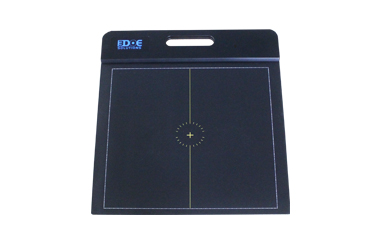
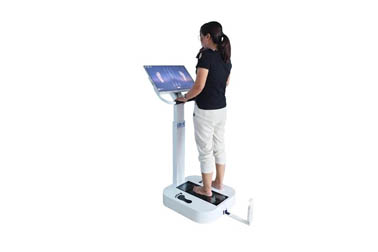
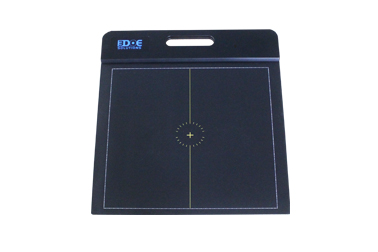
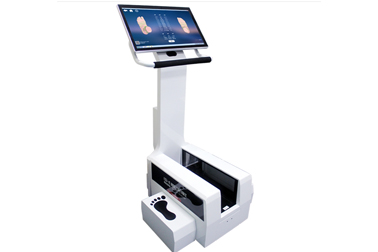
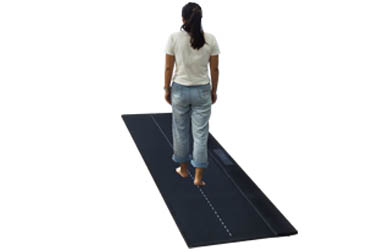
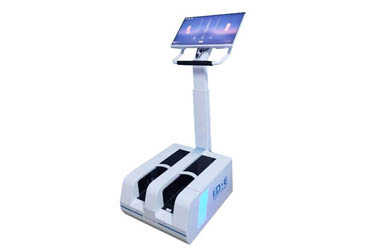



 +86-0755-86131192
+86-0755-86131192